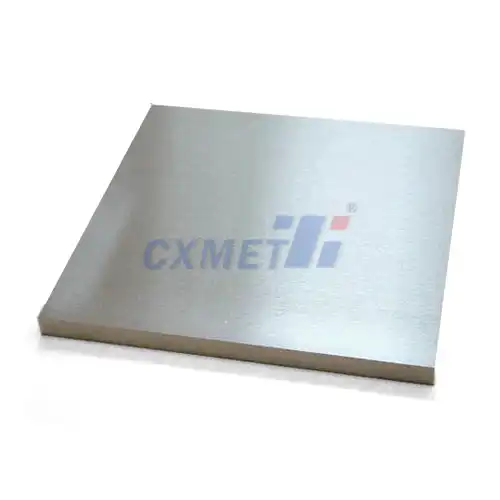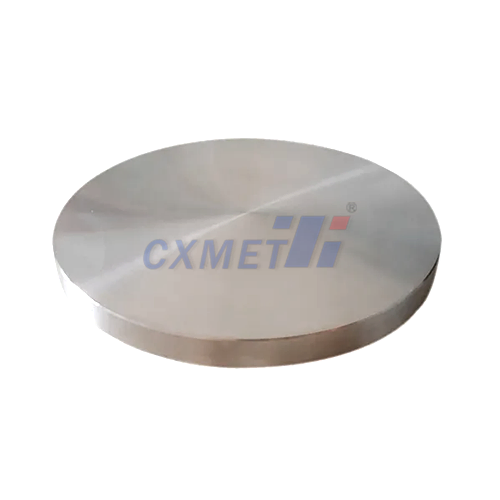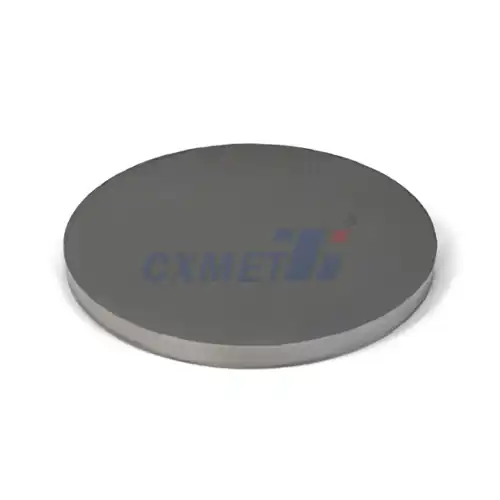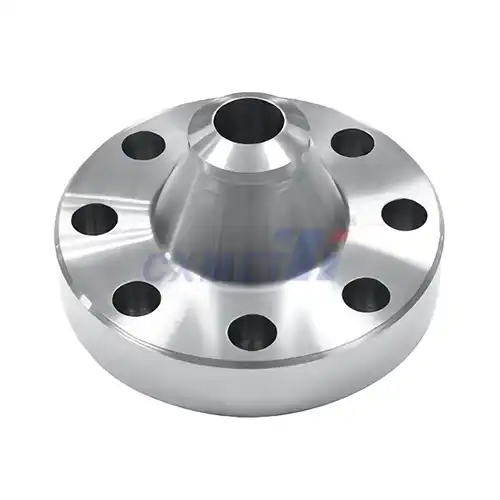- English
- French
- German
- Portuguese
- Spanish
- Russian
- Japanese
- Korean
- Arabic
- Greek
- German
- Turkish
- Italian
- Danish
- Romanian
- Indonesian
- Czech
- Afrikaans
- Swedish
- Polish
- Basque
- Catalan
- Esperanto
- Hindi
- Lao
- Albanian
- Amharic
- Armenian
- Azerbaijani
- Belarusian
- Bengali
- Bosnian
- Bulgarian
- Cebuano
- Chichewa
- Corsican
- Croatian
- Dutch
- Estonian
- Filipino
- Finnish
- Frisian
- Galician
- Georgian
- Gujarati
- Haitian
- Hausa
- Hawaiian
- Hebrew
- Hmong
- Hungarian
- Icelandic
- Igbo
- Javanese
- Kannada
- Kazakh
- Khmer
- Kurdish
- Kyrgyz
- Latin
- Latvian
- Lithuanian
- Luxembou..
- Macedonian
- Malagasy
- Malay
- Malayalam
- Maltese
- Maori
- Marathi
- Mongolian
- Burmese
- Nepali
- Norwegian
- Pashto
- Persian
- Punjabi
- Serbian
- Sesotho
- Sinhala
- Slovak
- Slovenian
- Somali
- Samoan
- Scots Gaelic
- Shona
- Sindhi
- Sundanese
- Swahili
- Tajik
- Tamil
- Telugu
- Thai
- Ukrainian
- Urdu
- Uzbek
- Vietnamese
- Welsh
- Xhosa
- Yiddish
- Yoruba
- Zulu
What are the Fabrication Guidelines for Grade 12 Titanium Sheet?
2024-08-30 11:57:12
Grade 12 titanium, also known as titanium 0.8Ni-0.3Mo, is a highly sought-after material in various industries due to its exceptional properties. This alloy combines the strength and lightweight characteristics of titanium with enhanced corrosion resistance, making it ideal for demanding applications. In this comprehensive guide, we'll explore the essential fabrication guidelines for Grade 12 titanium sheet, addressing key considerations and best practices to ensure optimal results in manufacturing processes.
What are the unique properties of Grade 12 titanium sheet?
Grade 12 titanium, or Ti-0.8Ni-0.3Mo, is a specialized alpha alloy that offers a remarkable balance of strength, corrosion resistance, and formability. This alloy is characterized by its composition, which includes 0.8% nickel and 0.3% molybdenum. These additions contribute to its enhanced properties compared to commercially pure titanium grades.
The unique properties of Grade 12 titanium sheet include:
1. Superior corrosion resistance: Grade 12 titanium exhibits exceptional resistance to a wide range of corrosive environments, including seawater, oxidizing acids, and chlorine compounds. This makes it particularly suitable for marine applications, chemical processing equipment, and desalination plants.
2. High strength-to-weight ratio: Like other titanium alloys, Grade 12 offers an excellent strength-to-weight ratio, providing robust mechanical properties while maintaining a relatively low density. This characteristic makes it valuable in aerospace, automotive, and other industries where weight reduction is crucial.
3. Improved formability: Compared to some other titanium grades, Grade 12 demonstrates better formability at room temperature. This property allows for easier shaping and fabrication processes, expanding its potential applications in various manufacturing scenarios.
4. Low magnetic permeability: Grade 12 titanium has very low magnetic permeability, making it suitable for applications where magnetic interference must be minimized, such as in certain medical devices or scientific instruments.
5. Excellent fatigue resistance: The alloy's fatigue properties are superior to many other metals, allowing it to withstand cyclic loading conditions without premature failure.
6. Wide temperature range performance: Grade 12 titanium maintains its mechanical properties over a broad temperature range, from cryogenic temperatures to moderately elevated temperatures, making it versatile for diverse operating conditions.
These unique properties make Grade 12 titanium sheet a preferred choice for applications requiring a combination of corrosion resistance, strength, and formability. Industries such as chemical processing, oil and gas, marine engineering, and aerospace frequently utilize this material for components exposed to harsh environments or subject to demanding mechanical requirements.
How does the fabrication process differ for Grade 12 titanium compared to other metals?
The fabrication process for Grade 12 titanium sheet differs significantly from that of more common metals like steel or aluminum. These differences stem from titanium's unique properties and require specialized techniques and considerations to ensure successful fabrication.
1. Cutting and Machining:
- Titanium's low thermal conductivity and high strength can lead to rapid tool wear and heat buildup during cutting and machining operations.
- Sharp, carbide tools and slower cutting speeds are typically required to prevent work hardening and maintain tool life.
- Adequate cooling is crucial to dissipate heat and prevent surface contamination. High-pressure coolant systems are often employed.
- Chip control is essential, as titanium tends to form long, stringy chips that can interfere with machining operations.
2. Forming and Shaping:
- Grade 12 titanium exhibits higher springback compared to many other metals, necessitating overbending or hot forming techniques.
- The material's relatively high yield strength requires greater forming forces than those used for steel or aluminum.
- Room temperature forming is possible but may be limited in severity. Warm or hot forming techniques are often employed for more complex shapes.
- Special care must be taken to prevent galling and surface damage during forming operations. Lubricants specifically designed for titanium are recommended.
3. Welding:
- Titanium's high reactivity with oxygen and nitrogen at elevated temperatures necessitates stringent shielding during welding processes.
- Inert gas shielding (usually argon) must be maintained on both sides of the weld and the surrounding heat-affected zone until the temperature drops below 800°F (427°C).
- Specialized welding techniques such as Gas Tungsten Arc Welding (GTAW) or electron beam welding are commonly used for Grade 12 titanium.
- Cleanliness is paramount; all surfaces must be thoroughly cleaned and degreased before welding to prevent contamination.
4. Heat Treatment:
- Grade 12 titanium is typically used in the annealed condition, but stress-relieving heat treatments may be necessary after fabrication.
- Heat treatment must be performed in vacuum or inert gas atmospheres to prevent surface contamination and embrittlement.
- Precise temperature control is crucial, as overheating can lead to grain growth and property degradation.
5. Surface Preparation:
- Chemical milling or pickling is often used to remove the heat-affected zone after welding or heat treatment.
- Special care must be taken when grinding or polishing to prevent embedded particles that could lead to galvanic corrosion.
- Passivation treatments may be applied to enhance the natural oxide layer and improve corrosion resistance.
6. Handling and Cleanliness:
- Titanium is sensitive to surface contamination, particularly from iron. Dedicated tools and work areas are often necessary to prevent cross-contamination.
- Gloves or clean handling techniques should be used to prevent skin oils from contaminating the surface.
- Any lubricants or marking materials used during fabrication must be compatible with titanium to avoid potential contamination or stress-corrosion cracking.
7. Joining Methods:
- In addition to welding, other joining methods like adhesive bonding or mechanical fastening may be employed.
- When using mechanical fasteners, care must be taken to prevent galvanic corrosion by using compatible materials or incorporating insulating barriers.
8. Quality Control:
- Non-destructive testing methods such as ultrasonic testing, radiography, or dye penetrant inspection are commonly used to ensure the integrity of fabricated components.
- Stringent quality control measures are necessary throughout the fabrication process to maintain the material's properties and performance.
By understanding and addressing these unique fabrication challenges, manufacturers can successfully work with Grade 12 titanium sheet to produce high-quality components that fully leverage the material's exceptional properties. The specialized techniques and considerations required for titanium fabrication underscore the importance of working with experienced personnel and properly equipped facilities when undertaking projects involving this advanced material.
What are the best practices for finishing and inspecting Grade 12 titanium components?
The finishing and inspection of Grade 12 titanium components are critical steps in the fabrication process, ensuring that the final product meets the required specifications and maintains its exceptional properties. Adhering to best practices in these areas is essential for producing high-quality, reliable components suitable for demanding applications.
1. Surface Finishing:
- Mechanical Finishing:
Abrasive techniques such as grinding, polishing, or lapping can be used to achieve desired surface finishes.
Care must be taken to prevent embedding of abrasive particles, which can lead to localized corrosion or reduced fatigue life.
Use titanium-specific or non-metallic abrasives to avoid contamination from iron or other metals.
Maintain clean, dedicated tools and work areas for titanium finishing to prevent cross-contamination.
- Chemical Finishing:
Chemical milling or pickling can be employed to remove the heat-affected zone after welding or to achieve uniform surface removal.
Typical pickling solutions include hydrofluoric acid and nitric acid mixtures, but exact compositions may vary based on specific requirements.
Strict control of pickling parameters (time, temperature, and solution concentration) is crucial to achieve the desired results without over-etching.
Thorough rinsing and neutralization procedures must be followed to remove all traces of pickling solutions.
- Electrochemical Finishing:
Electropolishing can produce a smooth, bright surface finish while enhancing corrosion resistance.
This process selectively removes surface irregularities and can help reduce microscopic surface defects.
Careful control of electrolyte composition, current density, and process time is essential for optimal results.
2. Passivation:
- Passivation treatments enhance the natural oxide layer on titanium surfaces, improving corrosion resistance.
- Common passivation methods for Grade 12 titanium include:
Nitric acid passivation: Immersion in a 20-40% nitric acid solution at room temperature for 20-30 minutes.
Citric acid passivation: A more environmentally friendly alternative using a citric acid solution.
Anodizing: Electrochemical process that creates a thicker, more durable oxide layer.
- Post-passivation rinsing and drying procedures are critical to prevent staining or contamination.
3. Cleaning:
- Thorough cleaning is essential before any finishing or inspection processes.
- Use non-chlorinated, residue-free solvents or detergents specifically approved for use with titanium.
- Ultrasonic cleaning can be effective for removing contaminants from complex geometries.
- Ensure complete removal of all cleaning agents through proper rinsing and drying procedures.
4. Inspection Techniques:
- Visual Inspection:
Carefully examine surfaces for any signs of discoloration, which may indicate contamination or improper heat treatment.
Check for surface defects, scratches, or irregularities that could affect performance.
- Dimensional Inspection:
Use precision measurement tools to verify that components meet specified tolerances.
Consider the effects of springback when inspecting formed parts.
- Non-Destructive Testing (NDT):
Liquid Penetrant Inspection (LPI): Effective for detecting surface-breaking flaws.
Ultrasonic Testing (UT): Used to detect internal defects or measure material thickness.
Radiographic Testing (RT): Can reveal internal discontinuities, particularly in weld joints.
Eddy Current Testing: Useful for detecting surface and near-surface flaws.
- Mechanical Testing:
Perform hardness testing to verify material properties and heat treatment effectiveness.
Tensile testing of sample specimens can confirm strength and ductility characteristics.
- Chemical Analysis:
X-ray fluorescence (XRF) or optical emission spectroscopy can verify material composition.
Interstitial gas analysis may be necessary to check for oxygen, nitrogen, or hydrogen content, particularly after heat treatment or welding.
5. Surface Contamination Detection:
- Perform salt spray testing to evaluate corrosion resistance and detect potential surface contamination.
- Use specialized etchants or swab tests to reveal iron contamination on titanium surfaces.
6. Documentation and Traceability:
- Maintain detailed records of all finishing and inspection processes, including:
Process parameters
Inspection results
Material certifications
Heat treatment records
- Implement a robust traceability system to link finished components back to raw material lots and processing history.
7. Environmental Considerations:
- Proper handling and disposal of chemical waste from finishing processes are essential.
- Implement recycling programs for titanium scrap and used abrasives where possible.
- Consider using more environmentally friendly finishing methods when available without compromising quality.
8. Operator Training and Certification:
- Ensure that all personnel involved in finishing and inspection processes are properly trained and certified.
- Implement regular training updates to stay current with best practices and new technologies.
By adhering to these best practices for finishing and inspecting Grade 12 titanium components, manufacturers can ensure the production of high-quality parts that meet or exceed performance expectations. The combination of proper surface finishing, rigorous inspection techniques, and meticulous documentation creates a robust quality assurance system essential for critical applications in aerospace, marine, chemical processing, and other demanding industries.
The unique properties of Grade 12 titanium, including its excellent corrosion resistance and high strength-to-weight ratio, make it a valuable material in various high-performance applications. However, these same properties also necessitate specialized fabrication, finishing, and inspection techniques to fully realize its potential. By understanding and implementing these best practices, engineers and manufacturers can confidently produce Grade 12 titanium components that deliver exceptional performance and reliability in the most challenging environments.
At SHAANXI CXMET TECHNOLOGY CO., LTD, we take pride in our extensive product range, which caters to diverse customer needs. Our company is equipped with outstanding production and processing capabilities, ensuring the high quality and precision of our products. We are committed to innovation and continuously strive to develop new products, keeping us at the forefront of our industry. With leading technological development capabilities, we are able to adapt and evolve in a rapidly changing market. Furthermore, we offer customized solutions to meet the specific requirements of our clients. If you are interested in our products or wish to learn more about the intricate details of our offerings, please do not hesitate to contact us at sales@cxmet.com. Our team is always ready to assist you.
References
1. ASM International. (2015). ASM Handbook, Volume 9: Metallography and Microstructures. Materials Park, OH: ASM International.
2. Boyer, R., Welsch, G., & Collings, E. W. (2007). Materials Properties Handbook: Titanium Alloys. Materials Park, OH: ASM International.
3. Donachie, M. J. (2000). Titanium: A Technical Guide. Materials Park, OH: ASM International.
4. Froes, F. H. (2015). Titanium: Physical Metallurgy, Processing, and Applications. Materials Park, OH: ASM International.
5. Inagaki, I., Takechi, T., Shirai, Y., & Ariyasu, N. (2014). Application and Features of Titanium for the Aerospace Industry. Nippon Steel & Sumitomo Metal Technical Report, 106, 22-27.
6. Lütjering, G., & Williams, J. C. (2007). Titanium. Berlin: Springer-Verlag.
7. Peters, M., Kumpfert, J., Ward, C. H., & Leyens, C. (2003). Titanium Alloys for Aerospace Applications. Advanced Engineering Materials, 5(6), 419-427.
8. Rack, H. J., & Qazi, J. I. (2006). Titanium alloys for biomedical applications. Materials Science and Engineering: C, 26(8), 1269-1277.
9. Titanium Information Group. (2013). Guidance on the Welding of Titanium and its Alloys. Rotherham, UK: Titanium Information Group.
10. Yang, D. K., & Liu, C. T. (2020). Titanium Alloys: Metallurgy, Properties, and Applications. In Reference Module in Materials Science and Materials Engineering. Elsevier.





.webp)